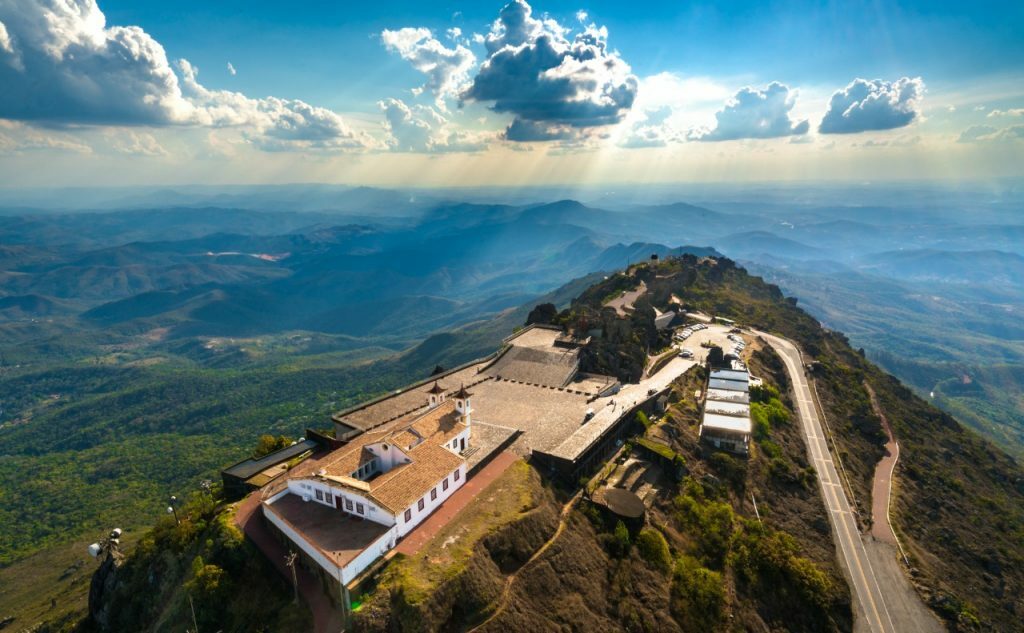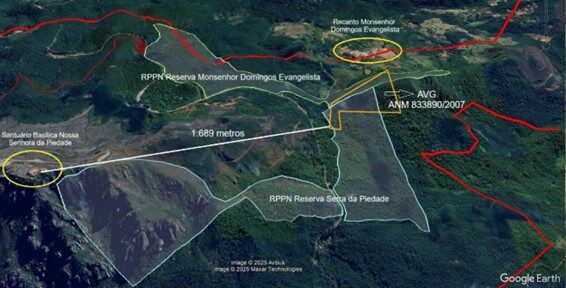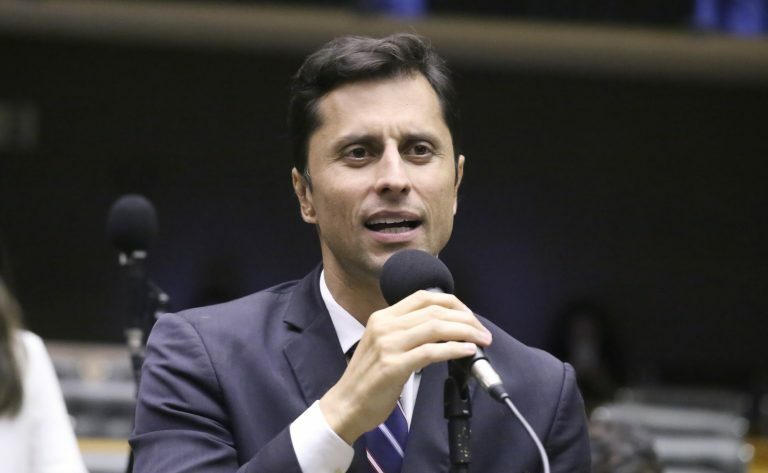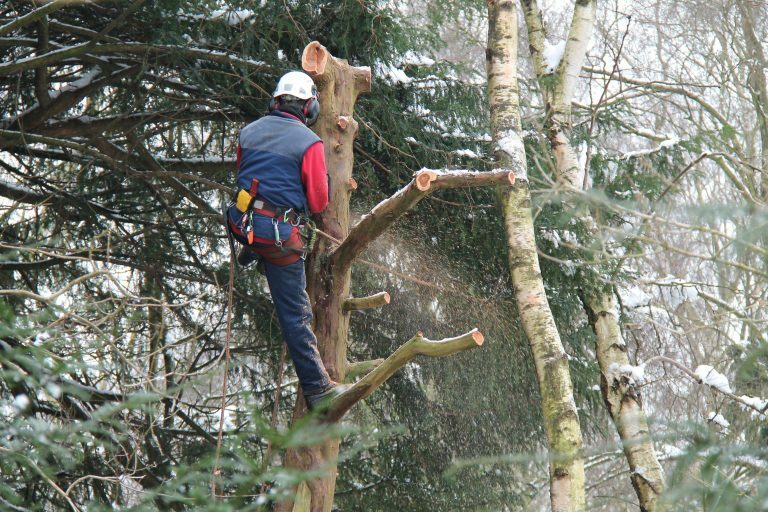Original story by Maurício Angelo, translated by: Gabriela Sarmet
Mediated by the National Council of Justice (CNJ), a new agreement involving Brazil’s biggest environmental disaster is currently on the table of almost 20 parties . In November, the rupture of the Mariana dam, owned by the mining companies Samarco, Vale and BHP, turns 6 years old.
The CNJ, the companies, the Public Prosecutor’s Office, the Public Defender’s Office and the governments of Minas Gerais and Espírito Santo now want to resolve, within 120 days, complex issues that have so far remained unresolved.
The letter of premises is largely favourable to the mining companies. To open this negotiation, Vale and BHP managed to suspend three processes: the Public Civil Action (ACP) of the MPF that asks for R$ 155 billion, the request for the extinction of the Renova Foundation, created to repair the disaster and the lawsuit against Renova for undue publicity.
No reasonable counterpart has been requested. The “Simplified Indemnity System” emerged in the middle of the pandemic in 2020, which spread to the cities of the Rio Doce basin and had the guidance of the federal judge in charge of the case, Mário de Paula Franco Júnior, is still in progress.
Exclusive stories published in Mining Observatory showed videos of Mário de Paula guiding lawyers of alleged commissions of affected people in Espírito Santo, which is forbidden by the Code of Civil Procedure. The stories served as the basis for a request for the judge’s suspicion by the Public Prosecutor’s Office and the Public Defender’s Office, which is still pending judgment by the plenary of the Federal Regional Court for the 1st Region.
To join the system, with values defined randomly, the affected person must give up all their rights. They must give full discharge to Vale and BHP and renounce eventual lawsuits in Brazil and abroad. So far, the Renova Foundation has paid R$ 2 billion for this system.
Lawyers, many of them guided by the judge, have pocketed R$200 million, considering the 10% that Mário de Paula determined as a commission. But there are several cases of lawyers closing deals independently, taking up to 30% of the compensation of each victim.
No institution contacted was able to explain exactly why the suspension of this indemnity system, so harshly questioned by the MPF, has not yet been requested. According to Carlos Bruno Ferreira, the new coordinator of the Rio Doce Task Force (“Força-Tarefa Rio Doce”) who took office in June, the suspension did not happen because, at least for the MPF, it was sought to respect the autonomy of the people who judge this to be an acceptable way.
And the idea is that, in 120 days, the parties reach a definitive solution. The MPF, however, not only asked for the judge to be suspended but has filed several appeals against this system since it was first introduced.
For the MPF, it is an illegitimate model of indemnification, with minimum amounts that harm the vast majority of those affected, with requests formed by Commissions that appeared overnight, including with forged signatures, and that cannot impose their decisions – in closed meetings with the judge – on the majority.
In one of the meetings, Mário de Paula even said that “it is necessary to separate the leaderships” into “good and bad”. The good ones would be those who do not question the system. The bad ones are those who disagree with the model and fight for their rights.
Photo: Reuters/Washington Alves
Suspicious judge starts the new negotiation
The very fact that Mário de Paula articulated the mediation of the CNJ is questionable. After all, Mario is considered partial in the process and should no longer act in the case, according to the request of the Public Prosecutors of the Federal, MG, ES and the Defenders of the Union and the two states. In a letter, more than 140 jurists and institutions also defended the suspicion of the judge.
When asked for comment, the CNJ abstained. The National Council of Justice stated only that, “in the role of conciliator, the CNJ does not issue any value judgment and acts so that the parties involved can agree on the best conditions for the agreement to be fruitful and guarantee the due reparations to the people affected by the disaster.
Judge Mario de Paula, in a statement, said he “does not comment on ongoing processes”.
According to Carlos Bruno of the MPF, Mario de Paula did not participate directly in the negotiation table and had the role only to request the mediation of the CNJ since it would be “absolutely inappropriate” for the judge to participate in the negotiations.
A court in London agreed to reopen the lawsuit filed in E ngland against BHP for Mariana, worth R$35 billion and representing more than 200,000 people and institutions in Brazil. This turnaround should directly impact the ongoing negotiations.
Watch the video on the story:
R$ 100 billion and distinct groups
Last week, Reuters and Valor Econômico published stories claiming that the government of Minas Gerais had requested R$ 100 billion for Vale and BHP and that this had caused a “surprise” in the mining companies.
My findings show that this is not precisely so. In fact, this “anticipation” of amounts caught many by surprise and was not officially treated. However, the essential thing is that this indicates the formation of distinct groups at the table, putting Romeu Zema (Novo), governor of Minas Gerais, the companies and part of the judiciary on one side and MP’s, Public Defenders and others on the other.
The premises provide for total “transparency” between the parties. But this is not what is happening. The government of Espírito Santo, for example, would not accept being left with R$20 billion of this amount, considering that it was affected as much or more than Minas Gerais in terms of people and environmental impacts on the river and the sea.
Sources I heard who preferred to remain off the record found these disclosures strange, to say the least, and affirm a discomfort in noting that parallel negotiations are taking place.
The ACP of 2016 asks for R$ 155 billion in reparation and serves as a reference. For Carlos Bruno, from the MPF, the values need to be based on “technical studies”. Many were made in these 6 years, especially involving the quality of the water of the Rio Doce and the sea.
Renova and the mining companies insist on affirming that the river was recovered and everything is fine. The people affected, with fishing banned, agriculture severely affected and their way of life and income compromised, claim the opposite.
For advertising this “good water quality” in various media outlets, Renova was sued by the Public Ministry and the Public Defender’s Office, alleging misleading and abusive propaganda. This action is now suspended while the negotiation table lasts.
Recently, the government of Minas Gerais signed an agreement with Vale for R$37 billion for Brumadinho, including a generous discount from the initial amount requested of R$54 billion and another discount for already including R$6.2 billion paid by Vale. The fact that a good part of the money, more than 70%, will be distributed throughout the state and for public works that may favour the re-election of Romeu Zema is targeted for criticism.
In a statement, the government of Minas confirmed to me that it has the 2016 ACP as a basis, but that “it has not made any definition regarding amounts that, as occurred in the Term of Measures of Repair related to Brumadinho, will only occur through the negotiations that include all actors involved and that have already begun, addressing, before amounts, governance and other aspects that ensure effectiveness and speed to repair”.
According to the Zema government, “the purpose of the government of Minas, alongside these other players and mirrored in the positive model of Brumadinho Terms, is, from this broad articulation, with the participation of all parties involved and affected, to make this reparation process more effective, faster and fairer.”

Technical advisory offices paralysed
Meanwhile, the technical advisors foreseen in the agreement’s renegotiation in 2018 were not hired because the mining companies claimed “very high cost”, and Mário de Paula has not decided anything about this since June 2020, which the Renova Foundation itself recalled in a note sent to this report.
The goal of hiring these institutions is precisely to advise the affected people to seek their rights with direct technical support, without the people affected by the dam rupture being doubly harmed.
To date, technical advisory services have only been contracted for 5 territories, leaving 16 more to be employed. Almost 70% of the planned regions have not been acquired, while the new indemnity system has advanced along the Rio Doce.
Only Cáritas in Mariana, Aedas in Barra Longa, Rosa Fortini for the Rio Doce, Santa Cruz do Escalvado and Chopotó, Asperqd for the Quilombola Territory of Degredo and Ipaz for the Indigenous Territory of Resplendor were contracted. The latter contract, however, was suspended.
According to Carlos Bruno, resolving the outstanding issues of the advisory services “is a priority for all bodies in the negotiation”, but “especially for the Public Ministry and the Public Defender’s Office”.
The ideal, believes the coordinator of the FT Rio Doce, is for this to be dealt with right at the beginning of the negotiations and for the consultants to be hired as soon as possible. “Everyone agrees that this is an important issue that has to be resolved. I hope that soon we find a suitable solution with a work plan and values accepted by all, “he said.
Watch the special live with reporter Thais Pimentel from G1 MG:
Mining companies follow the same tone
Vale refused to answer the specific questions of the reporter and limited itself to sending communications to the market about the negotiations, stating that it “remains committed to the mediation process in the National Council of Justice and hopes that the renegotiation of the programs will produce definitive, efficient, quick and objective solutions to resolve any technical controversies that are difficult to solve.
BHP followed the same line and said it “supports the renegotiation process being carried out by the CNJ and is absolutely committed to the reparation actions”. Samarco stated that “at this moment, after defining the principles of the renegotiation process, the discussions are focused on the reparation programs, and not on their respective costs”.
Fundação Renova said that “the letter of principles ensures that the discussion of renegotiation does not imply paralysis, suspension or discontinuity of any programs or projects currently under development”.
The Union Public Defender’s Office and the Supreme Court said they would stay with the CNJ’s response. The MPMG noted that the agenda of the Attorney General of Justice, Jarbas Soares Junior, is full at the moment. The Public Defenders’ Offices of Espírito Santo and Minas Gerais and the Espírito Santo state government did not respond.
O post After 6 years of a ongoing disaster, Vale and BHP try a new deal for Mariana apareceu primeiro em Observatório da Mineração .
Fonte
O post “After 6 years of a ongoing disaster, Vale and BHP try a new deal for Mariana” foi publicado em 16th August 2021 e pode ser visto originalmente diretamente na fonte Observatório da Mineração







